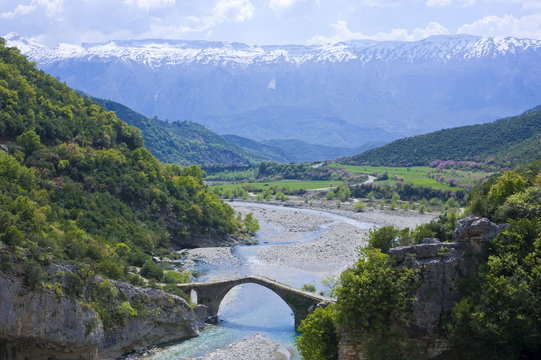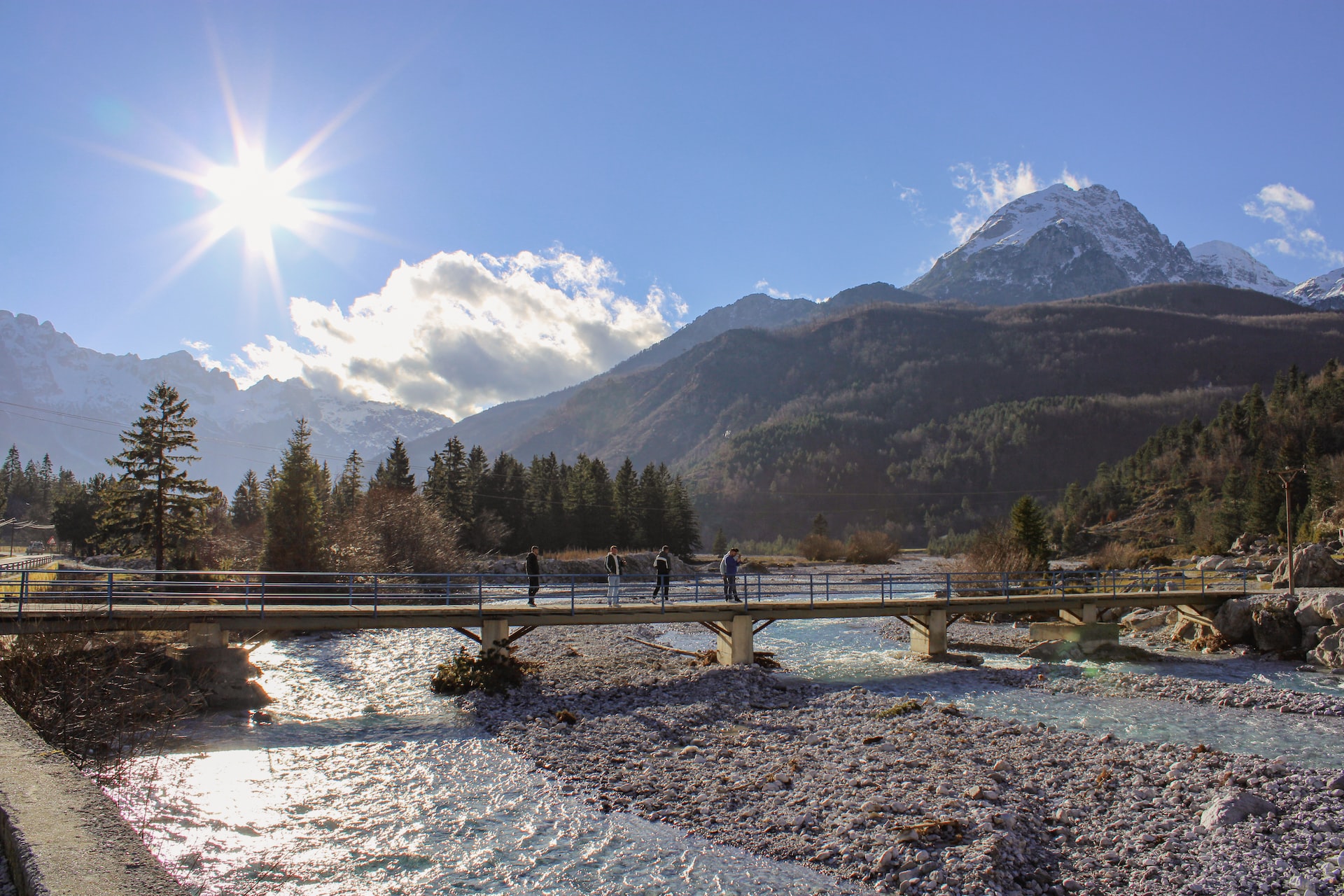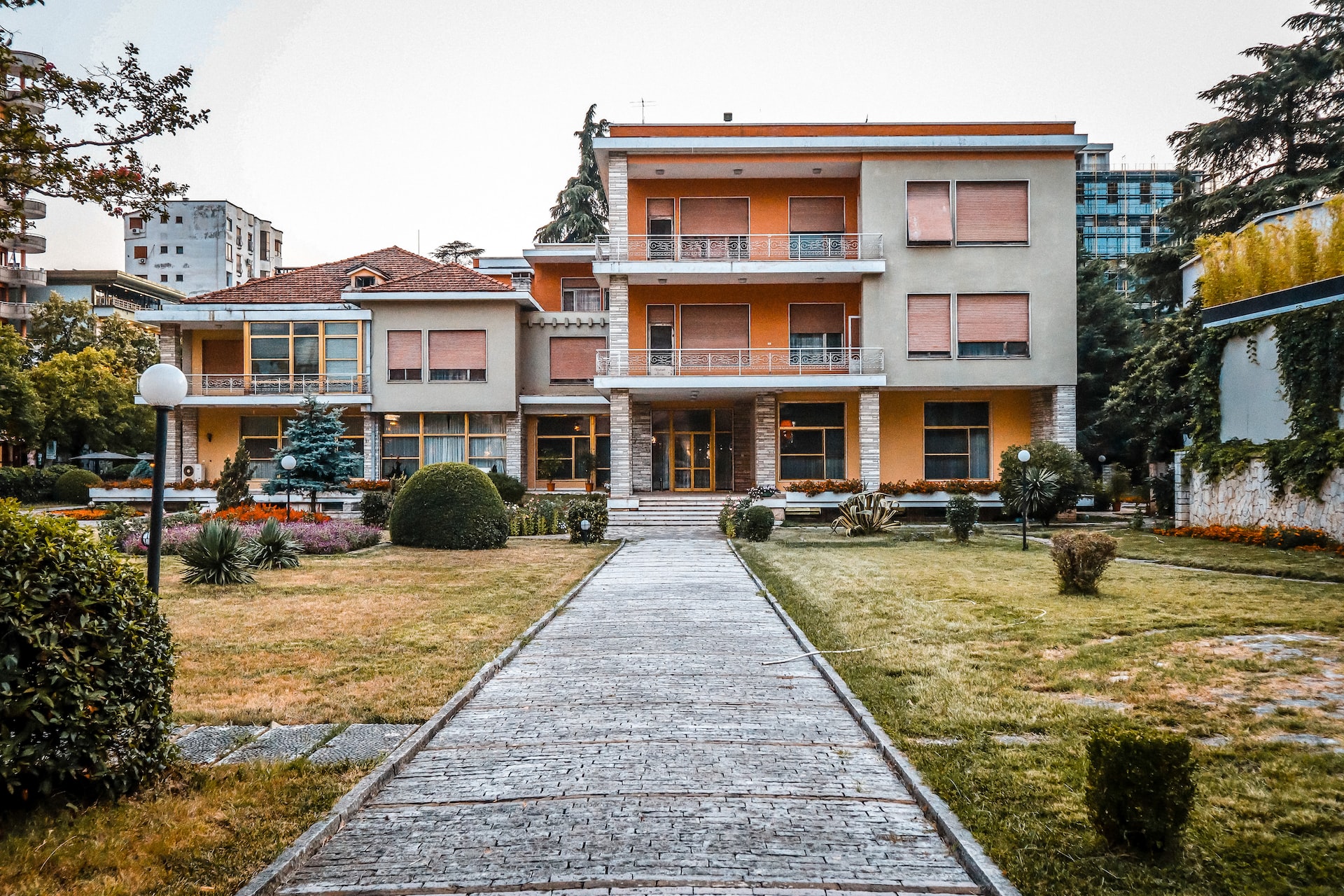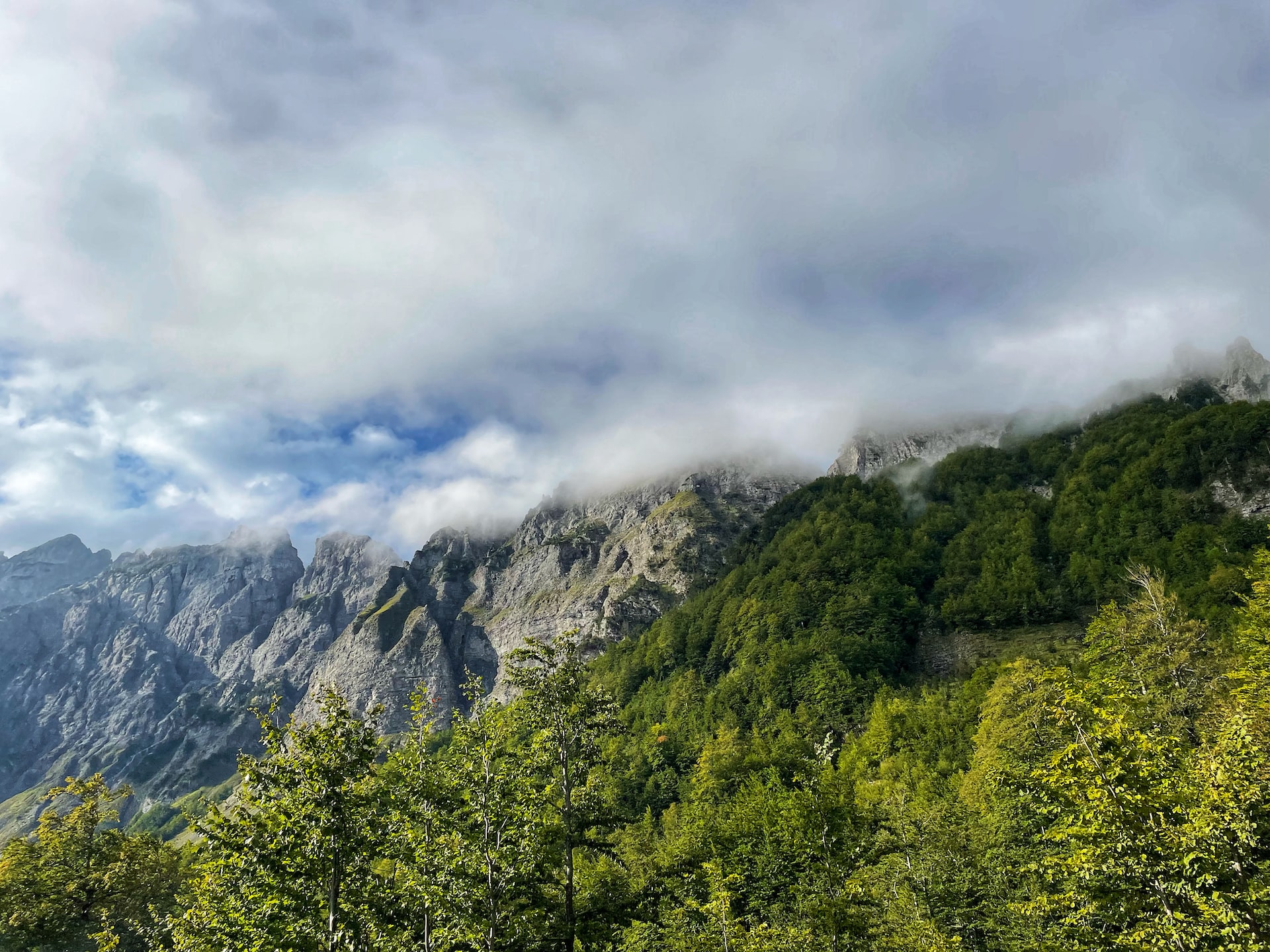When in 2020 COVID came to our life Albanian government made the most clever move - fully opening their doors to tourists. So lots of international tourists and digital nomads found out that such a beautiful country exists exactly in 2020 when touristic market was frozen and the demand for services over exceeded the supply.
The results of that Albania’s decision is clearly shown in UNDP report Hospitality and Tourism in Albania:
Albania welcomed about 6.4 million international visitors in the first 9 months of 2022, equaling the total for all of 2019 and representing an 18% increase from the same period in 2019. The total number of international visitors in 2022 is expected to hit a record high of 7.4 million.
The tourism industry in Albania is anticipated to bring in 3.6 billion Euros in 2022, which is 30% more than in 2019.
Tirana airport
Tirana Airport has doubled its direct destinations compared to 2019 from 36 to 72 which led to 53% increase in both domestic and international passengers, rising from 1.27 million in 2019 to 1.95 million in the first 9 months of 2022 vs 2019.
So to continue this trend Albania launches 1 more international airport in Vlore which will welcome the first international guests in March 2025.
Distribution of arrivals in 2022
75% arrived by car, primarily from neighboring countries such as Kosovo, North Macedonia, and Montenegro.
20% traveled by air, a notable increase from 12% in 2019.
4% came by ferry, predominantly consisting of Italian visitors and those who flew to Corfu and then took a ferry from Corfu to Albania.
Of course that huge growth in demand for touristic services in Albania lasted in 2023 and had to be supported from a supply side. And Albanian Government made its best one more time - by fiscal incentives from which came into force in 2018:
The value-added tax (VAT) for all lodging facilities has been lowered to 6%.
Entities awarded 'special status' by December 2024 are exempt from various taxes, including profit tax, for ten years.
Those stimulus resulted in heavily investment in HoReCa (Hotel, Cafe and Restaurant) sector from local business and huge Albania’s diaspora living abroad and by 2023 we have on our platform Travel Emotions:
Accommodations with a 9.5+ rating is 5370. The most popular sea resort - Saranda - has 765 of them.
Restaurants, Cafes, Bar&Pubs with 9.5+ rating reaching 1050 in total.
Main indicators on Albania touristic market in 2022
40% of the market comprises packaged tours.
Hotels contribute 42% to the market.
In 2023, online sales constituted 70% of total sales, with projections to rise to 78% by 2027.
The tourism sector's revenue is expected to increase at an annual growth rate of 4.69% from 2023 to 2027, aiming for a total of approximately US$8.6 billion by 2027.
Albania vs Greece daily travel expenses comparison
Tourists spent an average of 60 Euros per day in 2023 in Albania.
The price for a British traveler to spend 7 nights in Greece has risen to £867, (£200 up compared to 2022), which averages out to about 140 Euro per day covering accommodation, food, local travel, and small everyday expenses.
Tourists to Albania segmented by countries of origin in 2022
In 2022, the majority of tourists to Albania came from neighboring Kosovo, North Macedonia, and Montenegro contributing to 60% of the total arrivals.
The year also marked a substantial rise in tourists from rich European nations, with increases from Spain (57%), Belgium (23%), and the Netherlands (36%), who are renting a car in Albania and primarily sought cultural and adventure tourism experiences.
Additionally, there was a significant surge of over 20% in visitors from the Albanian diaspora compared to 2019, including notable increases from Italy (30%), the UK (30%), Germany (15%), and the USA (17%).
Critical dependencies of Albania tourism industry in 2024
Strong dependence on Foreign tourists spendings. Guests from abroad contribute to 77% of total spending compared to only 23% coming from domestic guests.
Dependance on tourists from Kosovo as nobody knows whether they will still spend their vacation in Albania after Kosovo enters the EU meaning that they wouldn’t need a visa to visit those EU countries.
Dependance on “sea, sand and sun” tourism. In Albania you clearly see when is a Low season (we prefer to call it Extra Season) or when is Hot Season - from mid June to Mid September when 60%+ of arrivals happen and Saranda with Ksamil and other beaches in Albania are full.
While from our point of view Albania is a perfect European winter sun destination taking into account cheap direct flights from London and other European cities to Albania, Tirana in January - March and activities you can do here while the majority of people will stay in rainy, cloudy and foggy cities of Northern Europe.
Extra Season (usually named Low Season)
Imagine the most popular Albanian sea resort on the Ionian sea called Saranda where there are only 30 000 of local inhabitants. And now imagine the Hot Season in August 2024 when 300 000 Guests will visit Saranda within 1 month:)
This desire to travel to Albania exactly in High Season is very strange as in fact the best time to visit Albania in 2024 is in Extra Season - May - June and September - October. Prices for accommodation are twice cheaper, you have much more accommodation options to choose from, no overcrowding and at the same time restaurants are open, the weather is perfect like +26+30 degrees, the sea is still warm so you can swim and you really get that feeling of elite vacation in Albania.
And all those dependencies and missing Extra Season are crystal clear when you look at yearly occupancy rate for the lodging segment of Albania tourist market in 2022 (the latest data we have). The average annual bed space occupancy rate has remained between 16% and 18% for the past several years. Compare that to the average utilization rate of bed capacity in the EU27 which stands at 50%!





